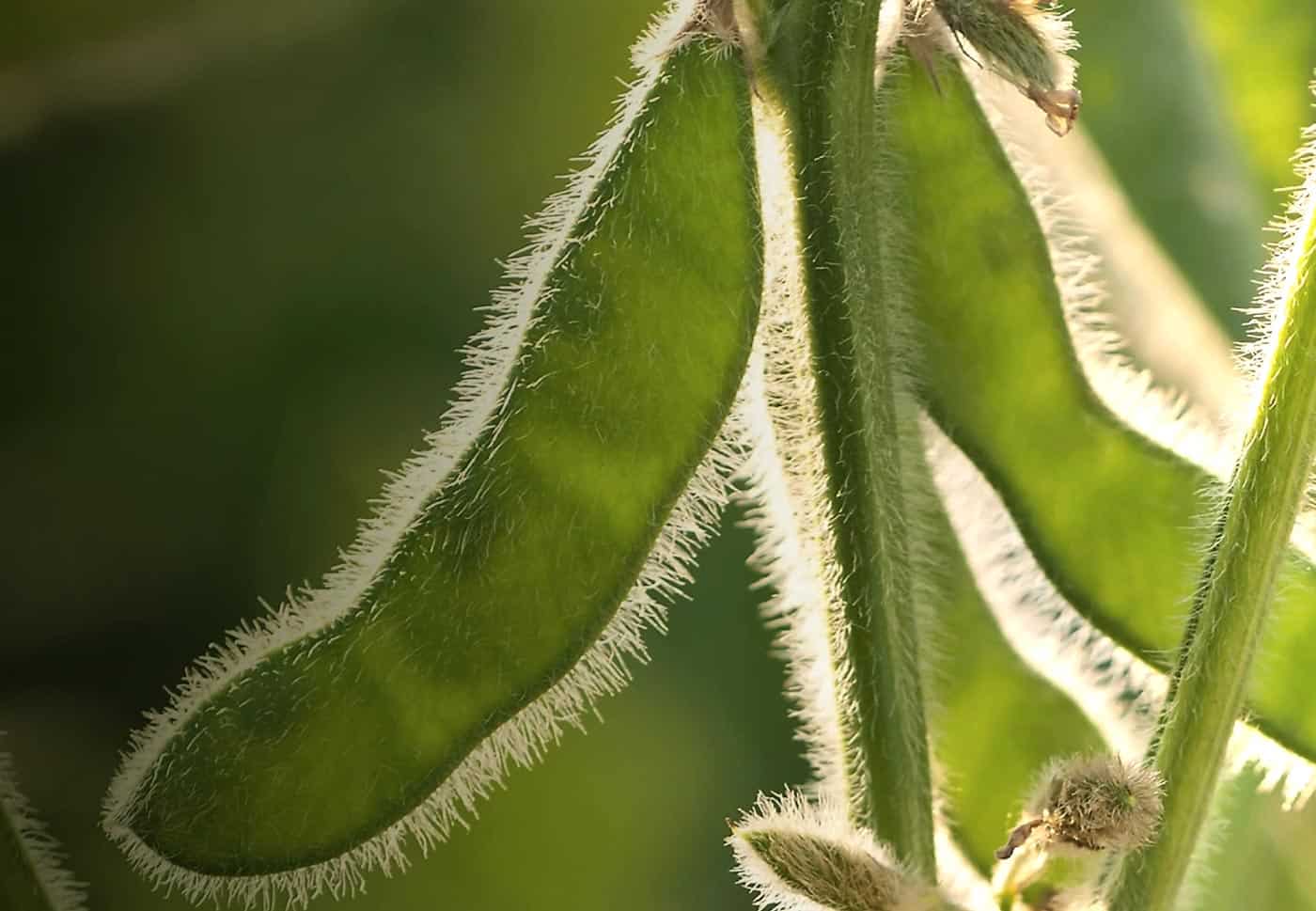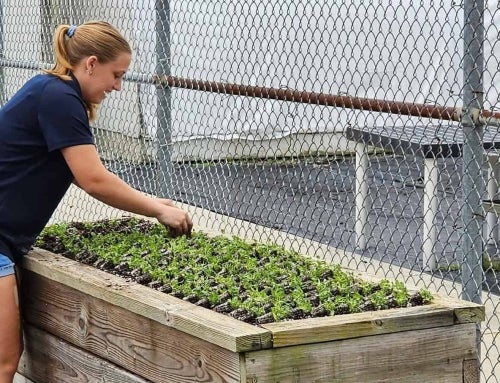by Larry Gilbertson, Applied Genome Modification Lead – Monsanto Company
Thirty years must seem like an eternity to today’s FFA members. That’s how long I’ve been engineering genes and genomes, starting from my first lab experience at the University of Iowa. I’m a Monsanto scientist, and I’ve never seen anything quite like the current excitement over gene editing – including for those of us who work in the agriculture industry. To some it may seem like a lot of hype, but I believe that it really does open up many possibilities to continuously improve crops, in ways that complement breeding methods, to deliver value to farmers and beyond.
The potential of gene editing for advancing plant breeding is enormous. The first industry applications of gene editing in agriculture products are likely to be relatively simple edits in which one, or a few, base pairs of DNA are deleted from a gene. What does this do to the gene? It often creates a “frameshift” in the sequence of the gene, and this can change a gene from one that has meaning to one that doesn’t. To understand how this happens, look at this simple cake recipe.
In a medium bowl, cream together the sugar and butter. Beat in the eggs, one at a time, then stir in the vanilla. Combine flour and baking powder, add to the creamed mixture and mix well. Finally stir in the milk until batter is smooth. Pour or spoon batter into the prepared pan.
Now, let’s see what happens if we delete just a single letter, the w in “bowl”, and shift all the other letters over one, but leave the spaces in place.
In a medium bol,c reamt ogethert hes ugara ndb utter.B eati nt hee ggs,o nea ta t ime,t hens tiri nt hev anilla.C ombinef loura ndb akingp owder,a ddt ot hec reamedm ixturea ndm ixw ell.F inallys tiri nt hem ilku ntilb atteri ss mooth.P ouro rs poonb atteri ntot hep reparedp an.
The recipe doesn’t make sense anymore. It just doesn’t work. Similarly, a deletion of a single A, C, G, or T from a gene can make the gene lose its meaning by shifting the reading frame of the gene. We usually call that kind of edit a “knock out.” Knocking out genes may sound like a bad thing to do, but nature does it all the time. There are hundreds of naturally knocked out genes in corn and other crop plants. Furthermore, knock outs can lead to beneficial traits in plants and food. Imagine, for example, knocking out a soybean gene that causes its oil to produce lower trans fats when used for cooking, or knocking out a gene so that your potato or avocado doesn’t turn brown soon after you cut into it. On the farm, knocking out the right genes can make plants more resistant to diseases.
Selection for improved crops relies on there being diversity in the DNA. It always has and it always will. New editing technologies like CRISPR open many new possibilities to make use of our growing knowledge of existing diversity, and to do what nature has been doing for millennia. Modern gene editing is another new way to improve an old process in agriculture, and it’s every bit as exciting as it sounds. It makes me wish I had as much of my career ahead of me as FFA members do to give to this exciting field.
As part of our STEM outreach program, we have been fortunate to see outstanding scientific education in action. One example comes from the folks at miniPCR, whose “DNAdots” provide clear, to-the-point resources on modern genetic technologies. For those who prefer podcasts, check out the series I’ve co-hosted with my colleague Val Bayes.
You can follow Monsanto Company’s Larry Gilbertson on Twitter at @GenomeLarry.












